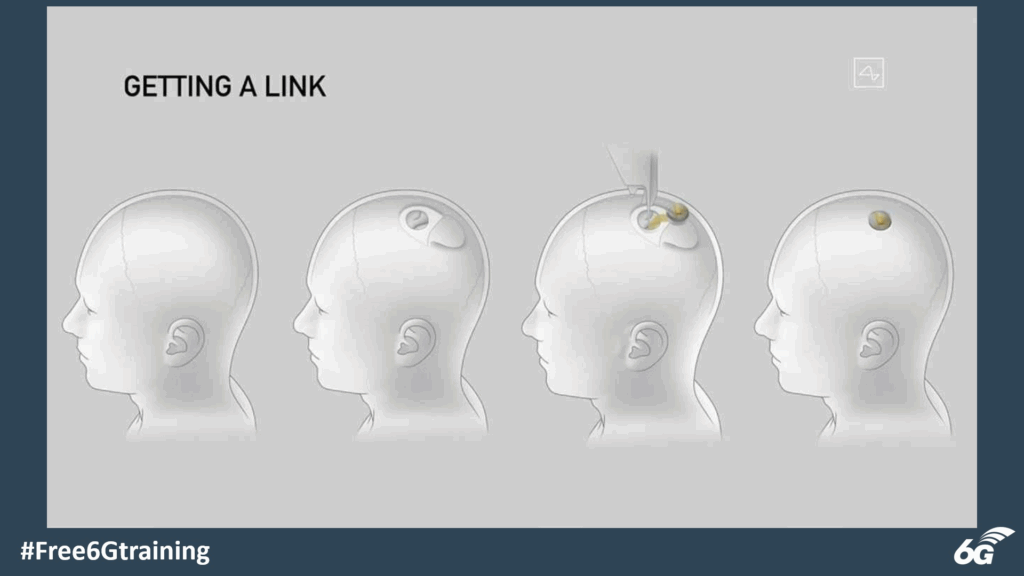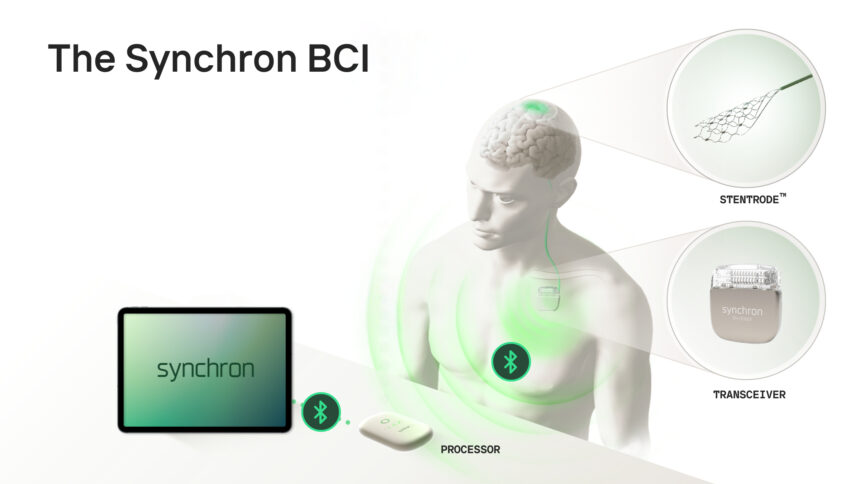In a bio-medical development for accessibility and technology, Apple has integrated brain-computer interface (BCI) support into iOS, iPadOS, and visionOS. This breakthrough allows users to control their Apple devices using just their brainwaves, and it’s currently being tested on patients with the startup Synchron. With this new capability, how we interact with technology is set to change, especially for those with severe disabilities.
What’s Happening & Why This Matters
Apple is adding brain-computer interface (BCI) technology support to its operating systems, allowing users to control devices without physical touch. This technology, called Switch Control, is still in the development phase but promises to be life-changing, particularly for people with disabilities. Rather than relying on traditional inputs like touch or voice, users can operate their devices by simply thinking about the desired action.
Apple is partnering with Synchron, a startup specializing in BCIs. Synchron’s Stentrode implant is a key component of this experiment. The implant is inserted through a vein near the brain’s motor cortex, which interprets brain signals and sends them to the device. Since 2019, Synchron has implanted the device in 10 people, including patients with ALS (Amyotrophic Lateral Sclerosis). For example, Mark Jackson, one of the patients, has learned to use the implant to control his iPhone, iPad, and Vision Pro headset.
The FDA has classified Synchron’s BCI technology as a “breakthrough device,” which means it has the potential to offer significant benefits to people with severe disabilities. However, the technology isn’t available to the public yet. Synchron’s approach stands out because it involves minimal invasiveness: the Stentrode is placed via blood vessels, unlike Neuralink, which requires drilling into the skull.

Apple’s visionOS and iOS now support BCI technology, which may soon be available for wider public use, especially for those with disabilities. This aligns with Apple’s larger goal of improving accessibility and providing more autonomy to individuals. Still, the company has not fully revealed its long-term plan for this innovation, leaving room for speculation on its future applications.
TF Summary: What’s Next
Apple’s push into BCI integration could revolutionize how we interact with technology. As Apple continues its work with Synchron, the BCI tech could soon become more mainstream, providing new opportunities for those with disabilities and changing how everyone uses technology. This could be just the beginning for BCIs, with companies like Neuralink also working on similar technologies that promise to offer a range of benefits from accessibility to enhancing human capabilities.
The AI-driven future seems poised for another leap forward, as this development might signal the start of much larger integrations between human thought and machine interaction. The next few years could reveal exciting advancements in human-computer relationships as more companies enter the brain-computer interface market.
— Text-to-Speech (TTS) provided by gspeech


